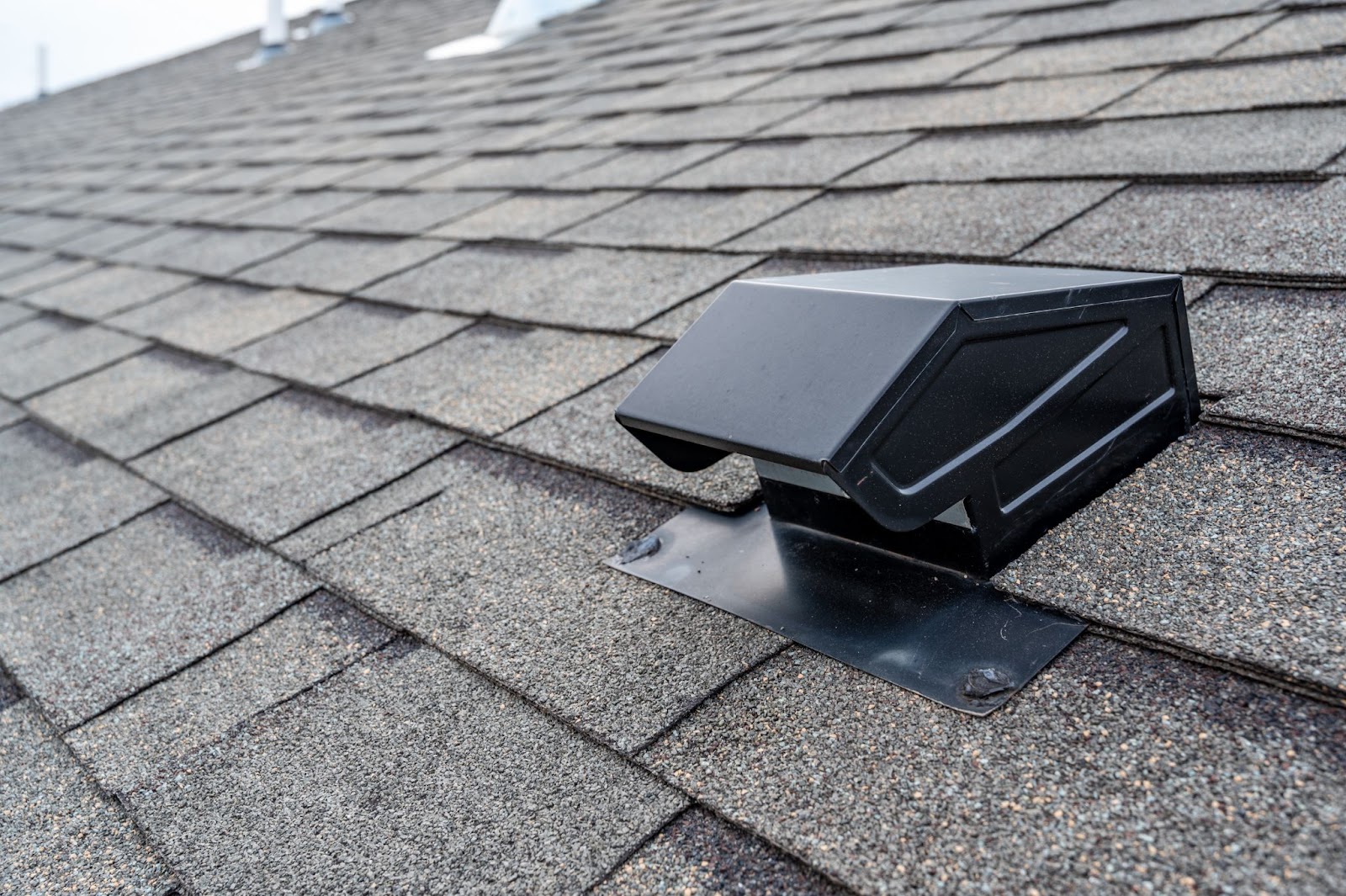Did you know that your roof probably has holes in it that you didn’t know about? It’s true! But relax — these aren’t the types of holes that you need Jackson, NJ, roofers to repair. They’re actually there for ventilation purposes.
Even though many people don’t even know that roof ventilation exists, it’s crucial to the health and structural integrity of their roofing systems. Learn more about roof ventilation systems in this quick article, and find out why YOUR roofing system needs appropriate ventilation!
What Is Roof Ventilation?
Roof ventilation is more than just a few strategically placed holes. After all, regular old holes would cause water to drip right onto your head every time it stormed! Instead, roof ventilation is the name for a combined system of intake and exhaust vents.
Building code requires new buildings to be built with ventilation if they have attic space. This is one of the reasons that these systems are also referred to as attic ventilators. However, roof venting can be placed in other locations as well. Some roofs have soffit vents, a type of vent located underneath the “overhang” of the roof. Others have ridge vents, which are positioned at the very peak of the roof. High-quality vents are lined with vapor barriers, which further remove moisture from the air and preserve the integrity of the roof.
Why Roof Ventilation Matters
No matter where roof ventilation is placed, it has two jobs: to allow hot air and moisture to escape. When roof ventilation works the way it’s supposed to, it will enable air to flow out of the house, cooling the space down and removing water from the air. And the vents don’t stop working during winter when warm air stops circulating! Ventilation also reduces ice damming, a dangerous problem that can happen when there is too much ice and snow on the roof. Altogether, those intake vents and exhaust vents do a lot more than you realize for your home!
Without proper ventilation, your attic would be a sweltering sauna in the summer, and your home’s roof and walls would retain too much moisture. Your energy bills would soar without proper temperature regulation in the house, and your HVAC systems would be pushed to their limits. Worst of all, excessive moisture trapped under your roof can lead to serious damage — in fact, water issues can seriously factor into the cost of roof repair.
What Should I Do Next?
After reading all this information, we bet you’re wondering about your own roof’s ventilation. To check if your roof has attic venting, enter the attic and look for fans on either side of the peaks inside the roof. If you see them, there’s a good chance you have this type of roofing ventilation. To check for other types of ventilation, you may need to speak with a roofing expert since getting up on the roof can be difficult and dangerous. However, if you’re especially curious (or concerned), there are a few ways you can take a look at your roof without actually climbing onto a ladder:
- Take strategic pictures. Use your smartphone to take high-quality shots of your roof, then zoom in to look for any telltale pipes or square blocks sticking out. These are usually examples of ventilation systems.
- Check Google Earth or real estate sites that feature birds-eye photos of your home and see if you can zoom in close enough to examine the roof.
- Check property records or blueprints for information about your home’s roof.
These are far from professional ways to check your roof’s ventilation — but they’re a starting point. If you feel like your home is too stuffy, your HVAC systems aren’t working like they used to, or you’re overpaying for your energy bills, it might be time to seek professional help.
Call Allabaugh Construction!
In order to truly determine if your roof is adequately ventilated, it’s essential to get help from the pros. If you’re interested in improving your roof’s ventilation — or you’re just curious and want to evaluate how your roof is doing — get in touch with our experienced team of roofers today! We’re looking forward to hearing from you.

